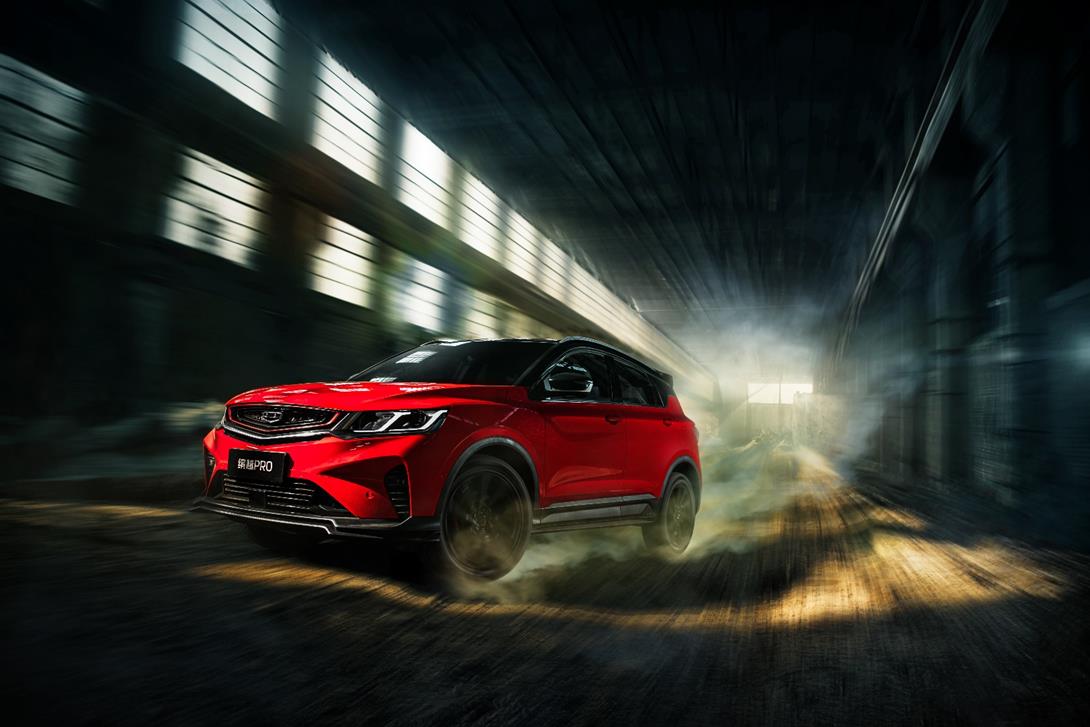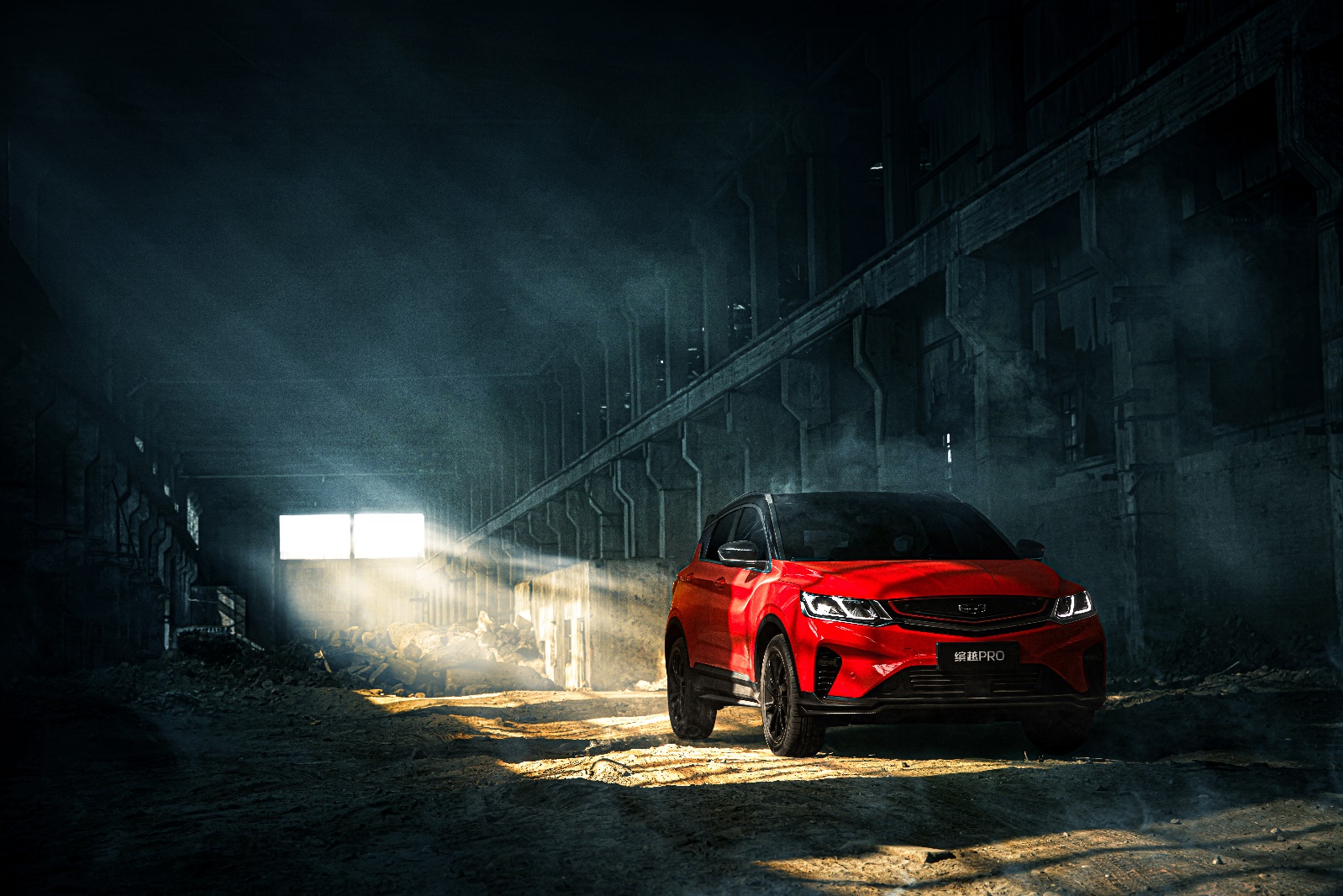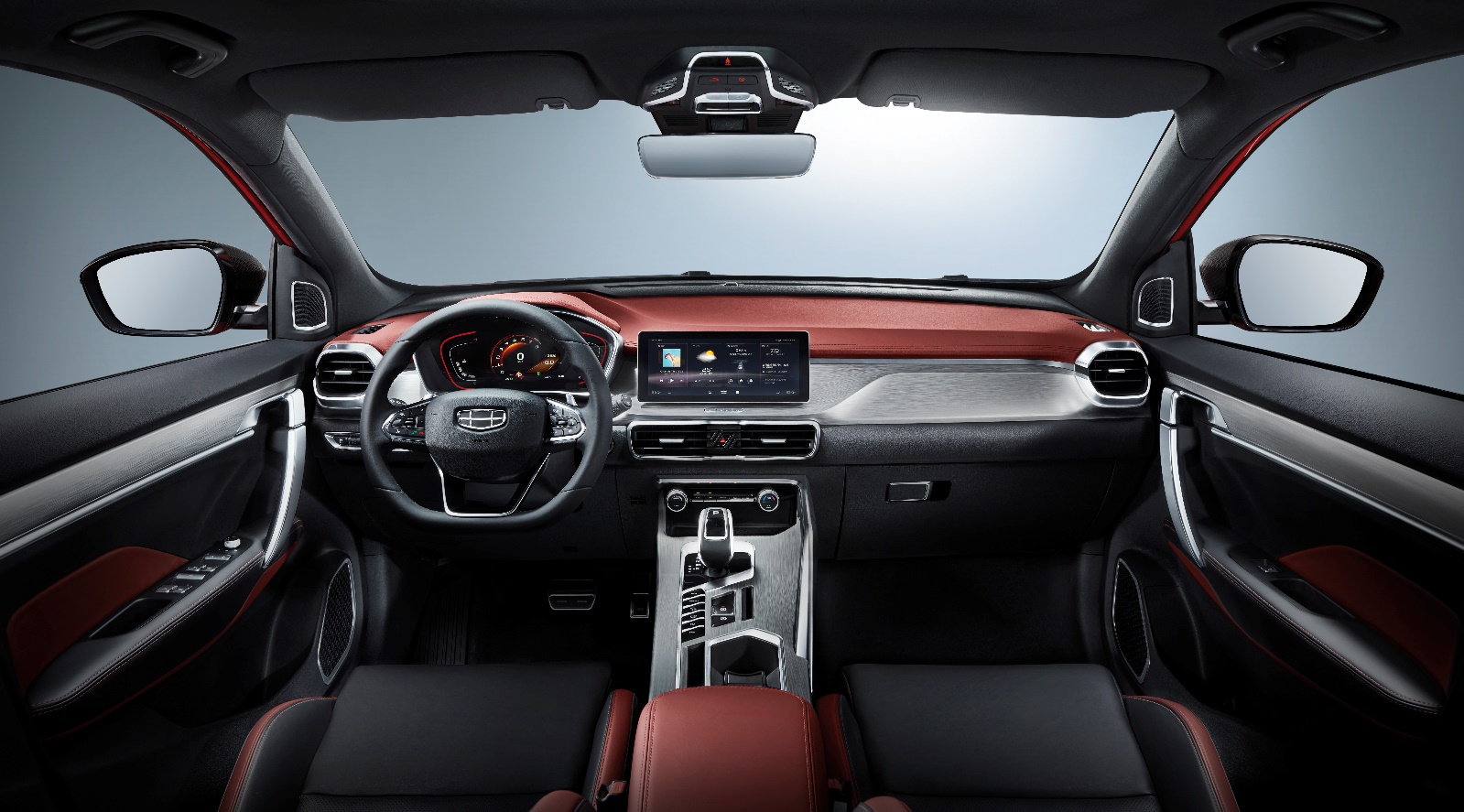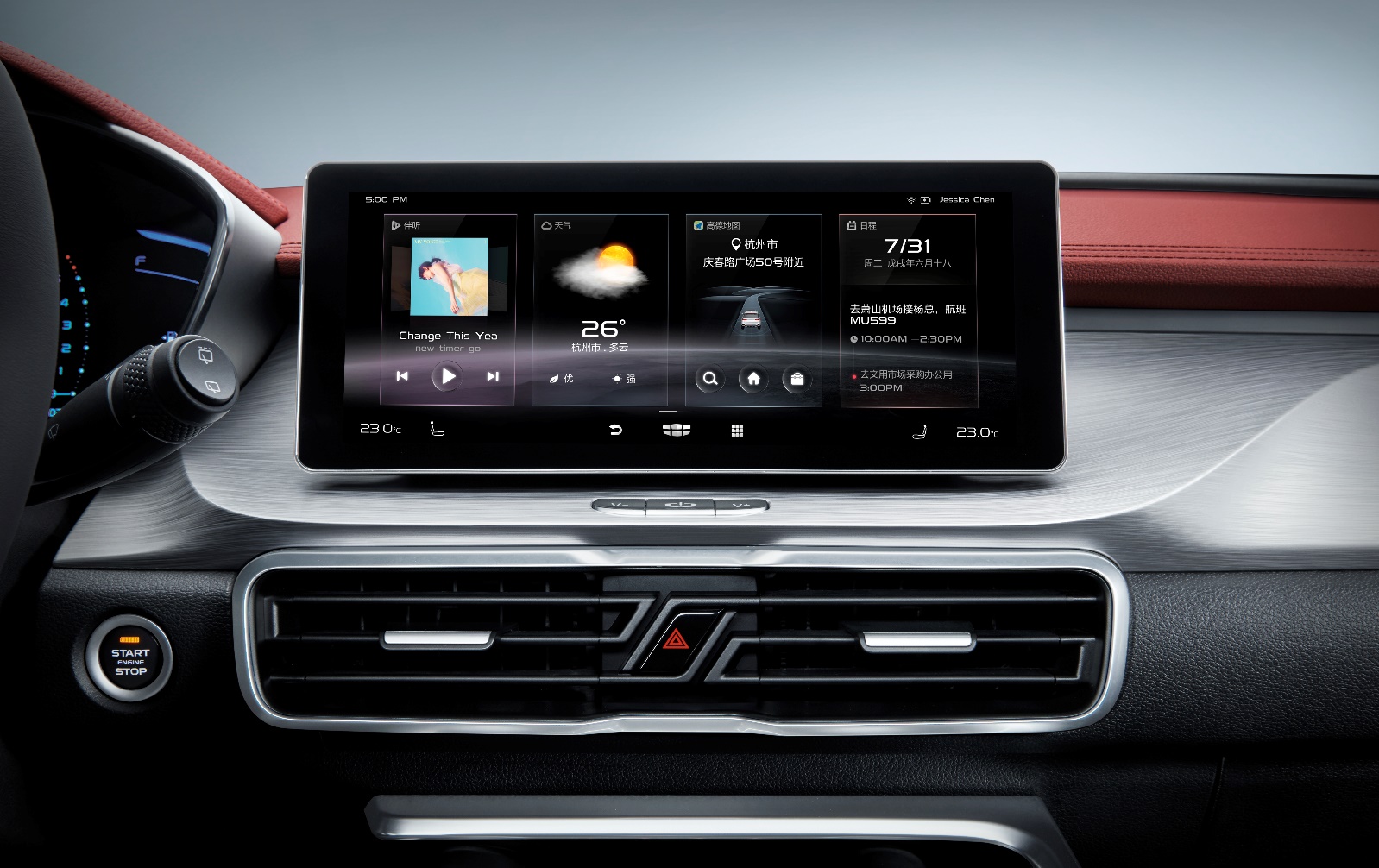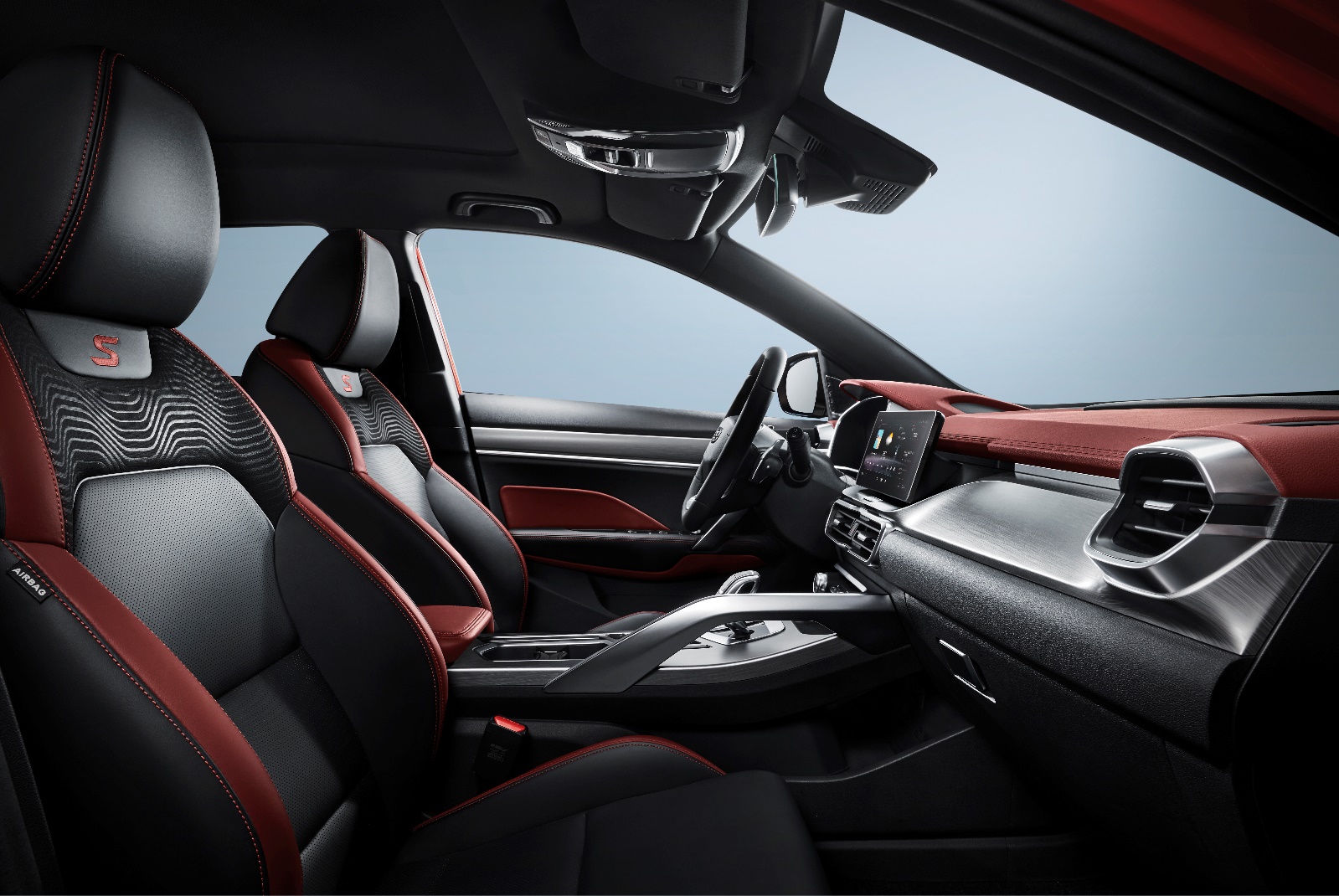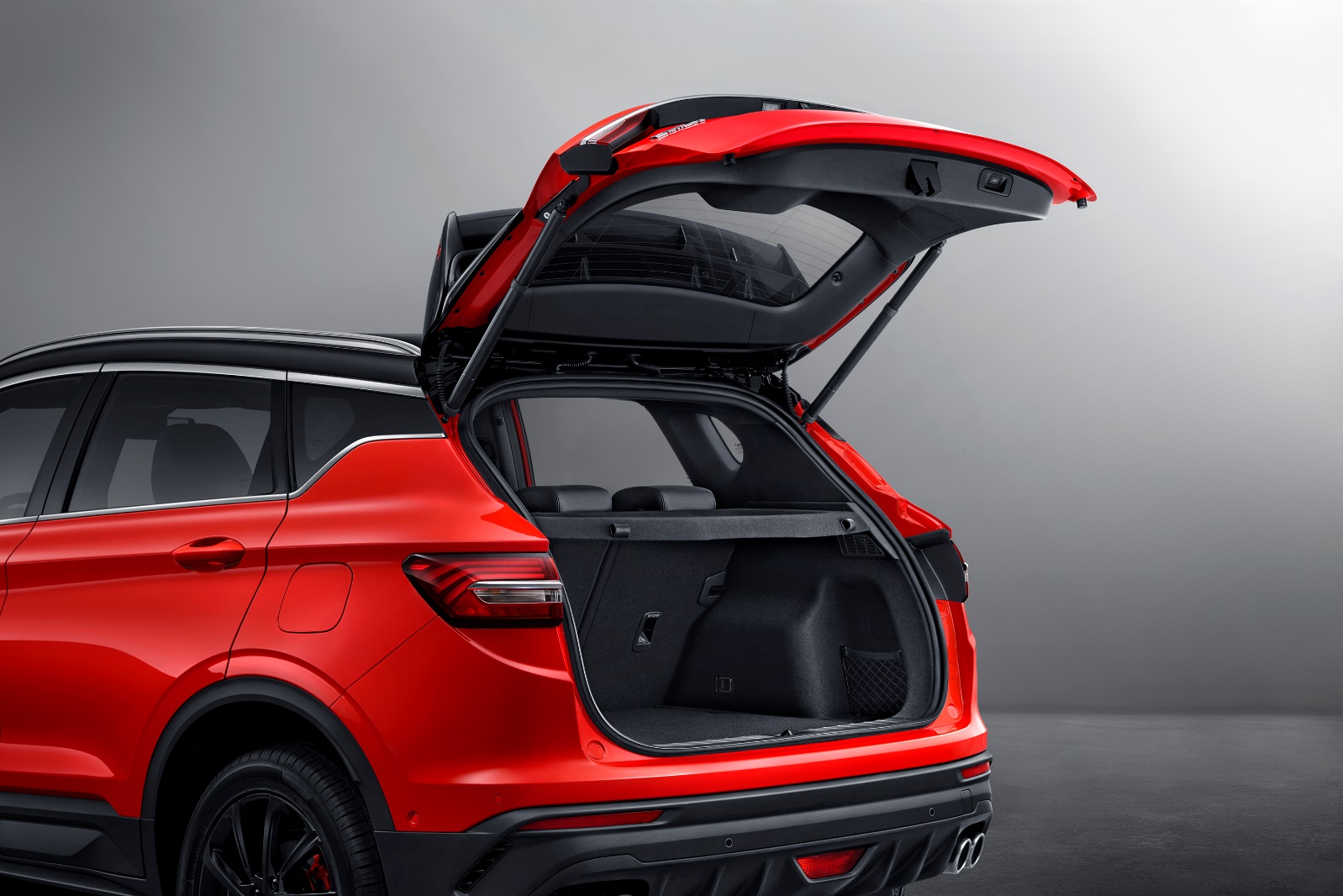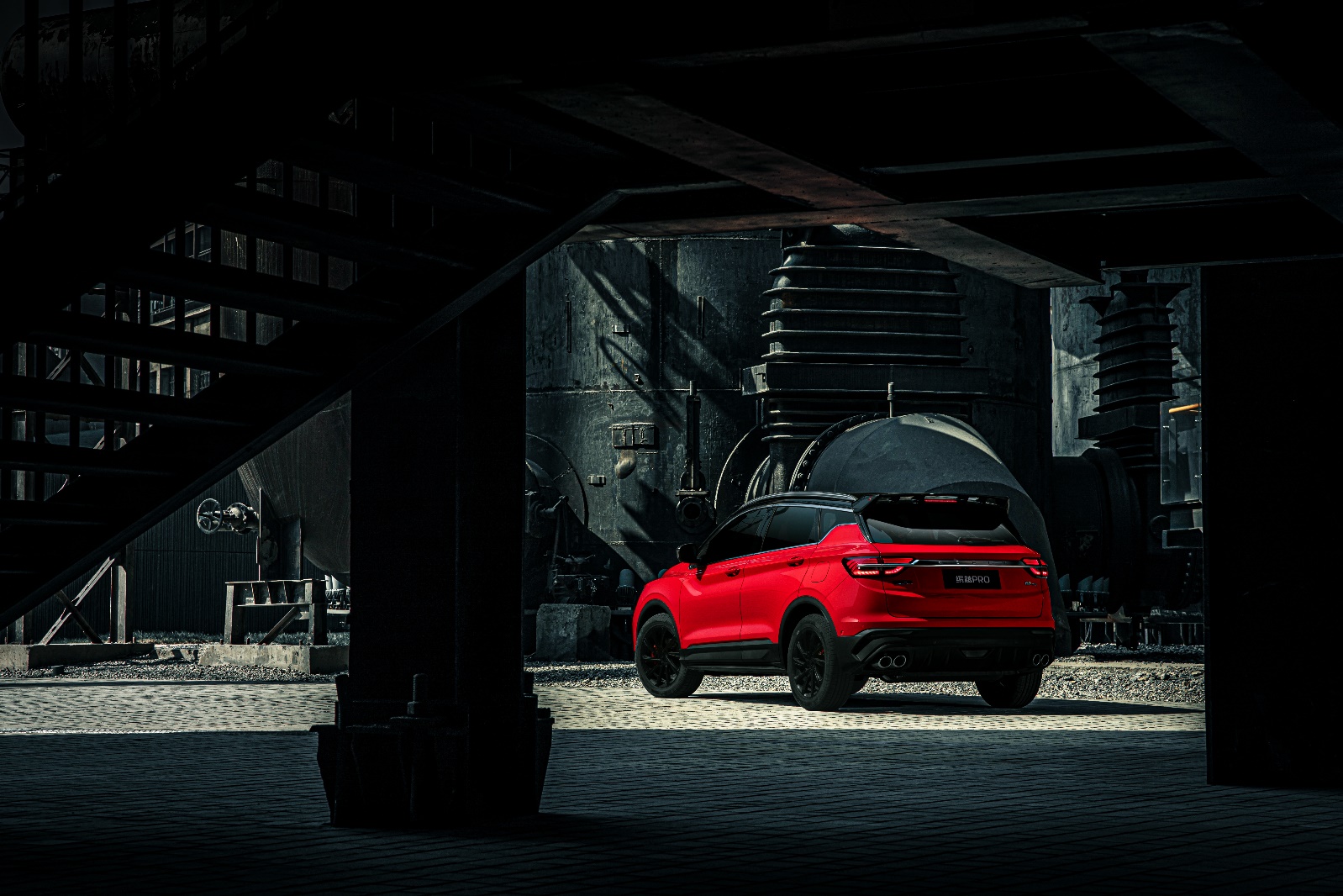
"The lives of people cannot be compared with each other." Opening Bilibili, in a pile of bullet comments, Luo Xiang, a professor at the School of Criminal Justice of China University of Political Science and Law and the director of the Institute of Criminal Law, finished another interesting case study of "extrajudicial fanatic Zhang San". However, he immediately changed the topic and was very serious. "Love yourself as yourself, protect others, and protect each other bravely."
"Growth comes with parting, and even so, my choice will not change." In front of the camera of "Thirteen Invitations", she wore a solid-color trench coat and walked out of her alma mater after years of separation. She smiled and explained her thoughts on "growth" and "parting" in her mind.
On the other side of the lens of "Thirteen Invitations", Xu Zhiyuan, as the questioner, kept throwing out more and more pointed questions, with his usual literati style. As upright as him, he never flattered the audience, nor did he compromise for the camera.
"Extrajudicial fanatic" Luo Xiang, "National Muse" Gao Yuanyuan, "Against the Current" Xu Zhiyuan… They were in three different fields, facing their own professional challenges and doubts from the outside world, and they did not compromise, but after their success, they all chose to set off again with the Volvo XC90 and move forward.
It seems that the styles are different, but in fact the core is the same. The law is equal to safety, the lead is hard to hide, and the tide is fearless… Like Volvo, they are all uncompromising forwards. Without blind obedience or hesitation, it is also Volvo’s consistent persistence in the past hundred years.
When the two values of cumbersome and flashy collide, when the two approaches of facing doubt and uncompromising conflict, how should we choose?
Some people still do not forget the original intention of equality of all beings, some people brush away the disturbance and glitz and insist on a purer self, and some people retain their innate acumen and continue to understand this rapidly changing world. Looking closely at these three professionals, their choice of forward-looking values – Volvo XC90, has given a more real and pure answer to this question.
"Life is the responsibility, safety is the same as the law, and everyone must be equal."

In the eyes of Luo Xiang, the "father of extrajudicial fanatic Zhang San", freedom without a bottom line is not freedom. With the bottom line of the law, everyone can have the fairest freedom.
In the travel that is closely related to our lives, the equality that cars bring to all people is undoubtedly safety, which is an "absolute law" and Volvo’s constant pursuit of love and life for nearly a hundred years.
At the outset of its establishment, Volvo introduced the concept of safety into the automotive industry. Like Luo Xiang, it was a pioneer in guarding life: it laid the foundation for the architecture of modern cars with a cage body; it invented and pioneered the application of three-point seat belts.
At the same time, Volvo is also an excellent popularizer in the field of safety. When it invented the three-point seat belt in 1959, Volvo gave all its competitors a patent for saving lives, saying that "as a free life-saving tool, its value outweighs its profit".
Subsequent to this, more safety patents were made public for free by Volvo, and since then, the concept of safe travel that protects life has not only been promoted to the entire automotive industry, but also entered the hearts of millions of consumers.
In fact, it is not difficult to find the reason why Luo Xiang joined hands with Volvo, because they are both warriors who guard love and life on the verge of life and death – one who considers carefully and takes defense as an attack; one who accumulates technology and restrains rationality.
This is not only responsible, but also professional.
Nowadays, in the trend of the new four modernizations of automobiles, Volvo still adheres to the original intention of safety regardless of grade. All its models are equipped with the City Safety urban safety system as standard. Whether it is for drivers in the car or pedestrians outside the car, it has given full and comprehensive protection. It can effectively reduce or avoid the danger of collisions between vehicles in front of vehicles, pedestrians, cyclists and large animals at various times of day and night, so that some consumers laugh that "it is difficult for you to even collide with a bird when driving it."
For Luo Xiang, treating each case with the most meticulous consideration is a reverence for love and life; for Volvo, developing a vehicle safety system without limits is a safeguard for love and life.
As the "ceiling" of car safety, Volvo has been persevering in the pursuit of safety and has never forgotten its original intention, because only when everyone’s equal safety limit is guaranteed, the pursuit of faster speed and updated technology will have unlimited possibilities.
"Only with safety as the bottom line can we freely explore the upper limit of life."

Xu Zhiyuan was born in Peking University and has never left the book. Every time he makes a speech, he is full of strength and calm.
In his eyes, asking, answering, and thinking are spiritual desires that cannot be pressed to pause. Trying to understand the true nature of human nature and the world through different perspectives can create a more unique self.
"Read ten thousand books and travel ten thousand miles." He likes the seven-seat, three-row theater-style seating experience of the Volvo XC90: no matter which row you sit in, you can have a comfortable and broad view, and you can see the wider world.
Although in the eyes of many people, he is a "angry youth" and a "retrograde" who has been controversial in his words and deeds, from another perspective, he is a representative of the supremacy of love and life.
In the tide of the times, Xu Zhiyuan always maintained his original intention. In his opinion, "True and free breathing is the innate instinct of every life." The air that accompanies us all the time is inconspicuous, but it is unusually important. Clearer air can make people have a healthy body and a clear mind.
As Xu Zhiyuan said, "Without a clear head, how can there be true thinking?" Since the mid-1990s, Volvo Cars has established relevant standards for clean cockpits and conducted rigorous tests, aiming to create a safe and healthy in-car environment for owners suffering from allergies and asthma.
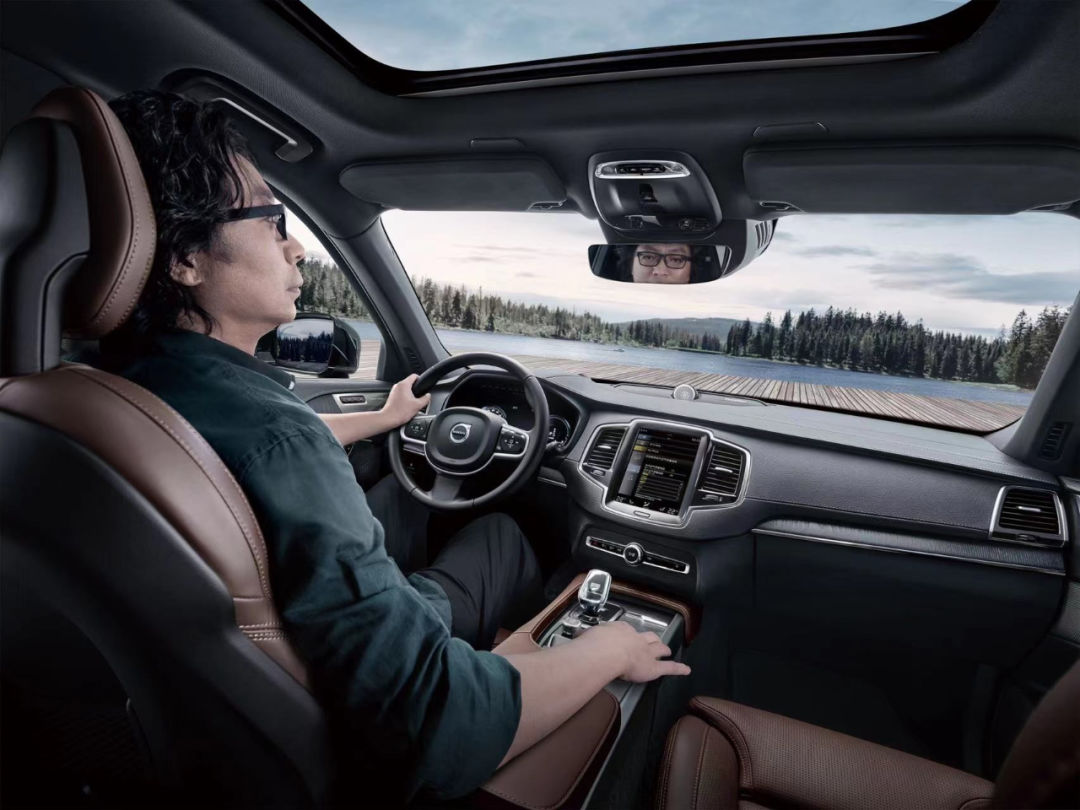
In the nearly three decades since then, Volvo Cars has continued to innovate, from the release of the IAQS intelligent air circulation control system in 1999, to the registration of the CLEANZONE ? trademark in 2014, and to the release of the AAC dual-effect enhanced air purification system in 2019, Volvo Cars has always been a leader in clean cockpit solutions for the automotive industry.
Nowadays, in the context of the brutal growth of new technologies, Volvo still adheres to the principle of safeguarding love and life, and is committed to continuously providing an industry-leading clean in-car environment to create a pleasant and healthy driving experience.
Taking the XC90 chosen by Xu Zhiyuan as an example, its Clean Zone clean cockpit can effectively improve the air environment in the car, and its AAC enhanced air purification system can effectively filter 95% of PM2.5, making "closing the door to Nordic" more than just an advertising slogan.
Interestingly, Volvo also has a unique "nose team" made up of people with a "healthy sense of smell" who have been specially screened and trained to provide designers with guidance on the selection of materials and production processes, especially for car interior materials, and finally through rigorous testing to ensure that the owner provides a healthy and environmentally friendly first-class in-car environment.
In terms of experience and feelings, Xu Zhiyuan once said: "The world is not made up of complex concepts and facts, but the real and direct experience in people’s hearts." Choosing Volvo is the "great wisdom" that combines the talents of the world and the way of compatibility.
Uncompromising insight, unimpulsive heart, and non-drifting adherence are its base colors, just like Volvo, a luxury brand that has been deeply cultivated in the automotive field for nearly a century, adheres to the concept of "people-oriented" out of respect and awe for life, adheres to the original intention, and shoulders responsibility. It is the "retrograde" and "guardian" of this impulsive era.
"The hustle and bustle of the past, stop and go, now I prefer warm and pure beauty."

In "Yitian and the Dragon Slayer", Gao Yuanyuan is the beautiful and paranoid Zhou Zhiruo, but outside the play, she is wearing her hair, wearing only a plain ring, and holding a white porcelain cup to drink tea and chat.
In her opinion, the change of the world is not centered on the spotlight, the true beauty should be outside the spotlight of the stage, warm and pure. As a top-tier in the industry, even in the center of glitz, Gao Yuanyuan still maintains her own unique and pure philosophy of life, leaving more time and space for her family, and regarding protecting and accompanying her family as the most important thing in life.
She met Volvo, who was also simplifying complexity, and it was logical, "Remove everything superfluous, and everything left is what you need." This is her pursuit of life, and it is also Volvo’s design philosophy. The simple and powerful lines and the changing posture under light and shadow all highlight the aesthetic core of Scandinavia’s "less is more".
Although time never defeats beauty, the reason is not that time favors beauty’s personality, but that beauty has its own inner strength.
The same is true of the Volvo XC90 chosen by the beauty – the appearance is gentle and natural, with endless wonders inside, high-grade perforated Nappa leather fabric and cold zone rare wood interior strips, creating a natural flowing high-end beauty; the driver’s seat is the Swedish royal family’s national treasure-grade Orrefors crystal electronic shift lever, made by more than 200 years of workshops, 15 purely manual procedures, and a temperature of 1400 ° C for 16 hours. The brand’s crystal products are mostly made of traditional glass blowing craftsmanship and carving, continuing its unique design and texture for hundreds of years; the palace-level sound system from Baohua Weijian has moved the moving Gothenburg Concert Hall into the car. No matter where you sit, it is the auditory "C position", which can experience the golden position of the theater The ultimate immersion enjoyment.
In fact, a closer look at Gao Yuanyuan and the Volvo XC90 shows that the temperament of the two is so compatible in a certain way. As a professional and an important member of the family, her understanding of love and life is a more emotional explanation from the precipitation of time, "To the world, you are only one millionth; but to family and friends, you are one hundred percent." Focusing on the purity of life and achieving the symphonic resonance of family and feelings is also the essence of luxury that Volvo brings to us.

Conclusion:
Under the great changes in the automotive industry, Volvo’s principles have never changed. The more complex the environment, the more technological innovation and business innovation emerge, the more you need to maintain a calm.
In such an increasingly uncertain world, what can give people a sense of security must be sincere and firm. In the context of the rise of new forces and the brutal growth of new technologies, in the face of doubts and controversies, Volvo has always adhered to the principle of protecting love and life, and adhered to the values of harmony and difference.
From Luo Xiang, to Gao Yuanyuan, to Xu Zhiyuan, the Volvo XC90 is not just a car chosen by celebrities and celebrities. It also carries people’s beautiful expectations for love and life. In this increasingly complex and changing world, its respect for love and life allows more social backbone to move forward with it. Behind the patience and determination that has come along the way is Volvo’s persistence in the face of the changes of the past century, and it is also a persistent guardian.
What I love is separated by mountains and seas, and mountains and seas can also be flat.
"Love requires patience," according to Yuan Xiaolin, senior vice president of Volvo Car Group and president and CEO of Volvo Cars Asia Pacific, upholding the ultimate respect for life and taking responsibility and safety as "vitality" is Volvo’s eternal philosophy. "This takes time to test, so we say that only love and life can’t live up to it!"








